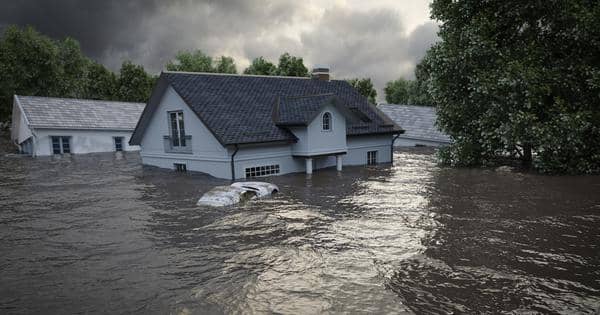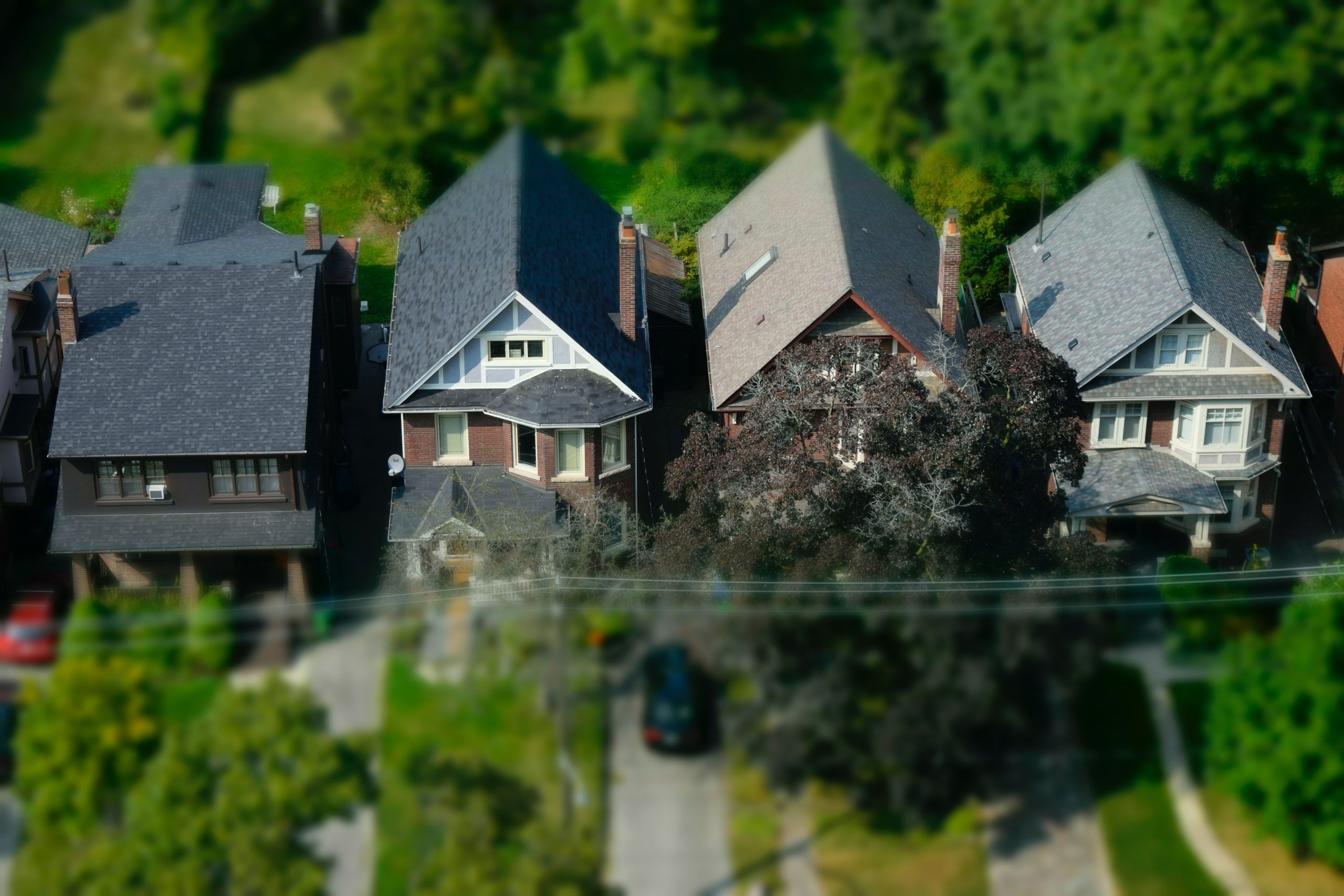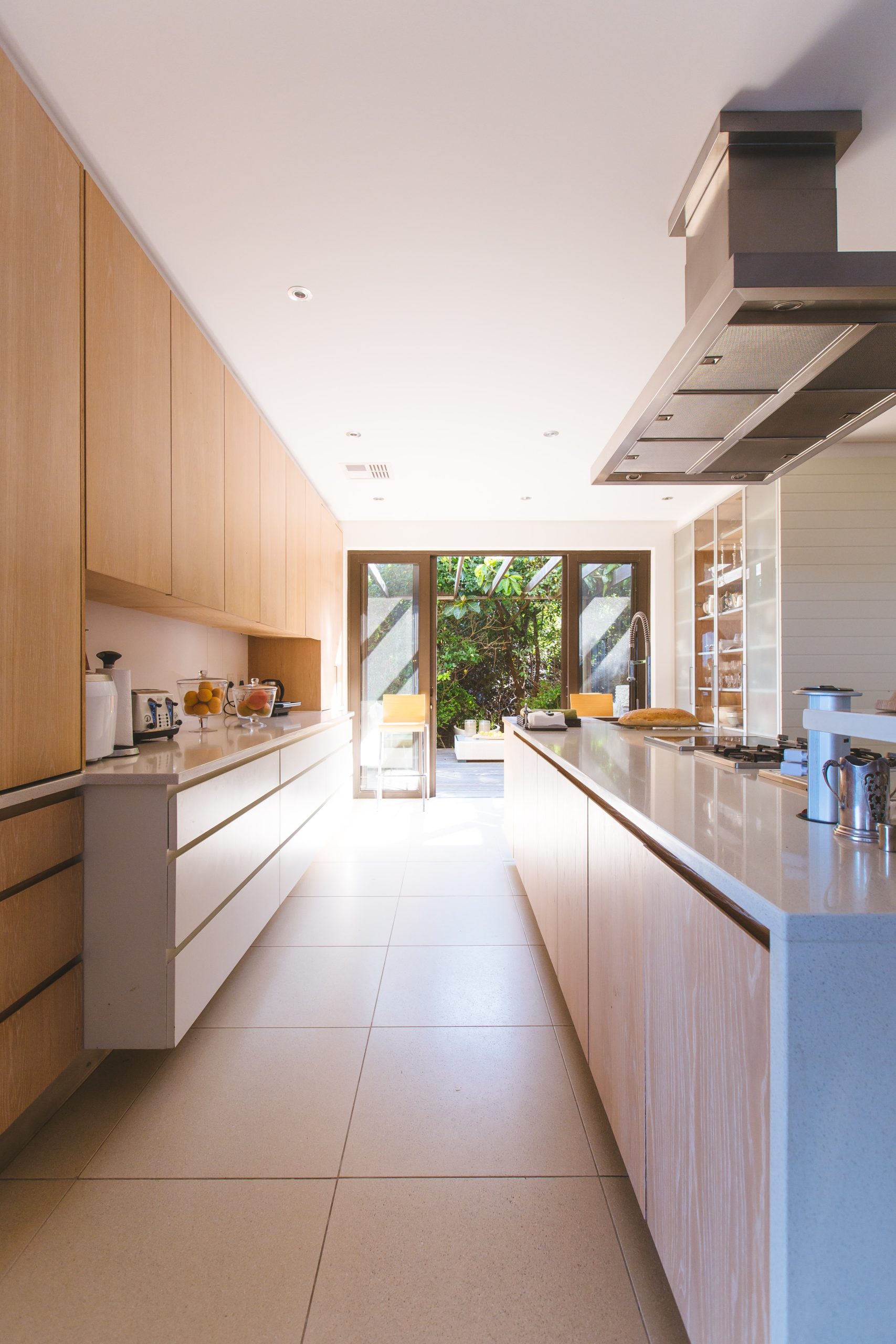Introduction
Natural disasters have become a frequent and formidable threat to our homes and finances. As these events grow in scale and frequency, the costs associated with home insurance are following suit. This article explores the art of balancing home insurance premiums in the midst of natural disasters.
The Nature of the Challenge
The world is confronting an undeniable shift in the landscape of natural disasters. Wildfires, hurricanes, floods, and earthquakes are leaving a path of destruction. As homeowners grapple with the consequences, they must also reckon with the evolving costs of insurance.
Impact on Home Insurance Premiums
1. Escalating Risk
The primary driver behind the increasing cost of insurance is the escalating risk tied to natural disasters. High-risk areas, such as coastal regions susceptible to hurricanes or wildfire-prone zones, are witnessing substantial premium hikes. Insurers must account for the growing likelihood of claims when determining premiums.
2. Vulnerability of Homes
The vulnerability of homes to natural disasters is another pivotal factor. Homes ill-prepared for these events are at greater risk, leading to higher insurance costs. Homeowners can address this by investing in resilient construction and safety features.
3. Claims History
A history of claims stemming from natural disasters can also affect insurance premiums. Frequent claims may classify homeowners as high-risk policyholders, resulting in increased costs or potential difficulties in securing coverage.
4. Regulatory Changes
Regulatory changes at the state or federal level can lead to variations in insurance costs. Modifications in flood zone designations, building codes, or zoning laws may result in shifts in insurance pricing.

Strategies for Cost Management
To balance home insurance premiums in the face of natural disasters, consider these strategies:
- Risk Mitigation: Take proactive steps to fortify your home against potential disasters. This includes reinforcing roofs, windows, and considering fire-resistant landscaping.
- Comparison Shopping: Don’t settle for the first insurance quote. Instead, compare rates and coverage options from multiple providers to find the most cost-effective solution.
- Higher Deductibles: Increasing your deductibles can lead to lower premiums. Just ensure you have the financial capacity to cover the higher deductible in the event of a claim.
- Policy Bundling: Consider bundling your home and auto insurance policies with the same provider for potential discounts.
- Strong Credit Management: A robust credit score can result in lower premiums. Pay bills on time and reduce outstanding debt to boost your credit rating.
High-Risk Regions and Their Challenges
Here’s an overview of high-risk regions and the unique challenges they face:
| Region | Common Natural Disasters | Insurance Premium Impact |
|---|---|---|
| Coastal Areas | Hurricanes, Flooding | Elevated premiums due to hurricane and flood risk. |
| Tornado Alley | Tornadoes, Hailstorms | Increased premiums due to tornado and hail risks. |
| Earthquake-Prone Areas | Earthquakes | High premiums due to earthquake risk. |
| Wildfire-Prone Regions | Wildfires | Elevated premiums due to wildfire risk. |
| Flood-Prone Zones | Flooding | High premiums due to flood risk. |
Conclusion
Balancing home insurance premiums amid the challenges of natural disasters is indeed an art. Homeowners must navigate these turbulent waters by taking proactive measures to reduce risk, exploring insurance options, and considering cost-saving strategies. In an era where natural disasters are a grim reality, mastering this balancing act is crucial for safeguarding both your home and your finances.
In conclusion, your home is a treasure, and protecting it against the forces of nature is an essential step. Stay informed, stay prepared, and navigate the terrain of home insurance with the grace of a balancing act in the face of disasters.










